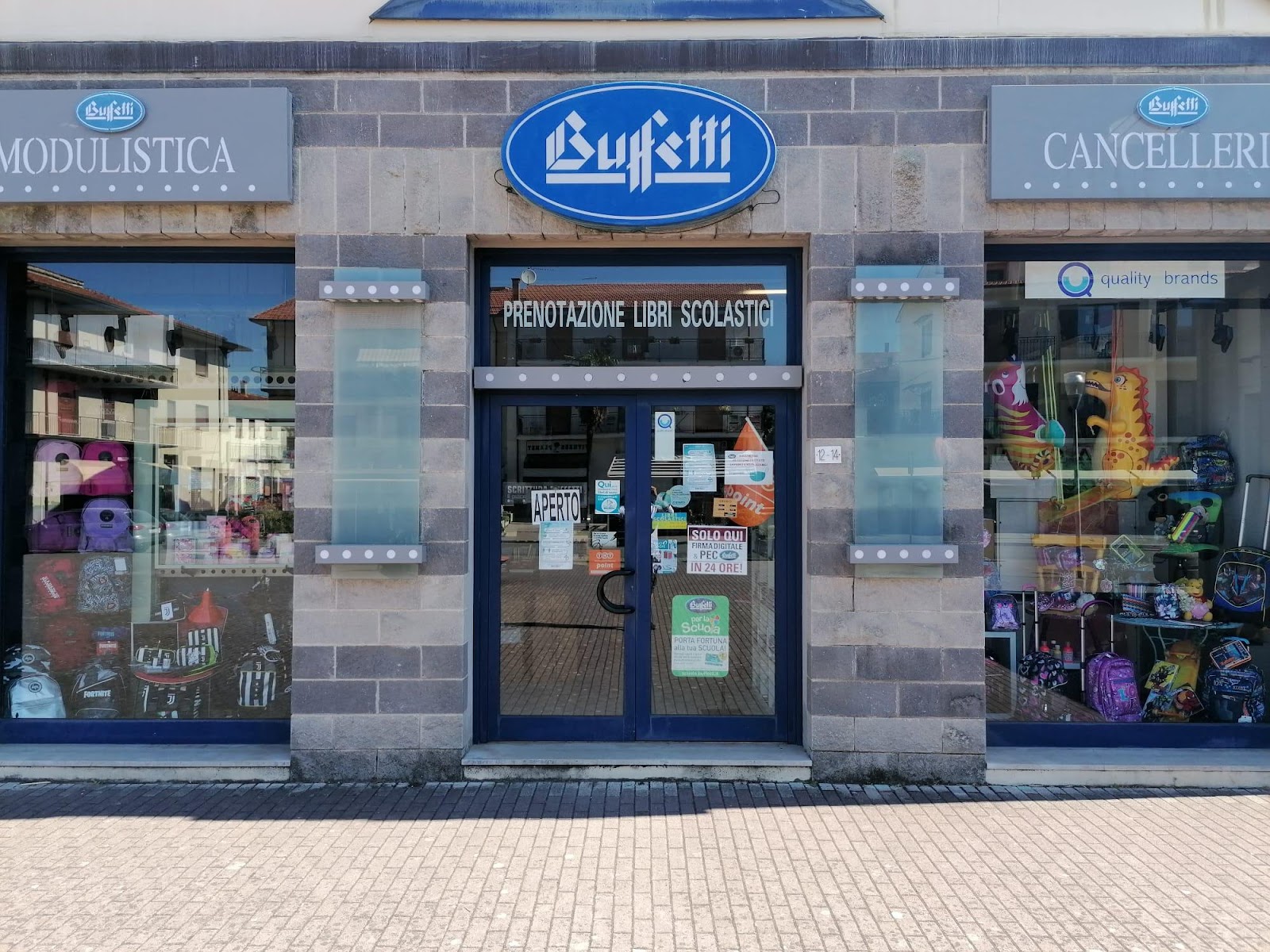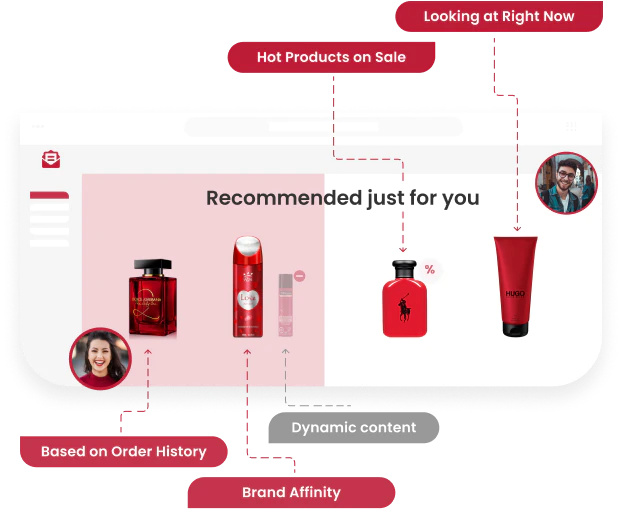3 Technologies to Optimize Your Online Customer Journey
Written by
Editorial TeamPublished on

Imagine your e-commerce site could provide your customers with an experience equal to that of having a personal sales clerk just like you would find in a brick-and-mortar store.
Shoppers today are spoiled for choice. Even more so online where any product or service is at their fingertips – on their keyboard of course. Why then shouldn’t we guide our online customers to their desired products, like a shop assistant would in a local retailer?
Online shopping makes it difficult for e-tailers to get to know their customers closely. Like brick-and-mortar stores, there are two types of online shoppers. The searcher, who has a particular product in mind and the browser, who is there to have a look around. How do we create an equally engaging experience for online shoppers where screens separate us from customer contact?
Having a personalized experience online is important to consumers. In fact, 91% of consumers prefer shopping with online brands that offer a personalized experience. While 48% of consumers have even left a website, because of a poor online experience. So what could be more personal than a guiding store assistant to take the customers specific wants and wishes into consideration?
Keep reading to discover how three personalizing technologies can create a seamless in-store experience, online.
Guide your customer to success with your search engine
Studies show that 84% of consumers are searchers. Meaning they use the search engine to find a solution themselves when online shopping. Additionally, up to a third of site visitors will use the site search when one is offered on the page.
Considering that searchers already have a particular product in mind when entering your site naturally indicates that they are more inclined to purchase than browsers. In fact, they are up to 3 times more likely to convert than browsing customers.
For those reasons, there’s no doubt that the search function on any e-commerce site is an important feature. Therefore, it is essential that it can actually deliver the experience that your customers need.
However, doing so might not be so straightforward.
Google reported in 2021 that 1 in 10 search queries is misspelled. For e-commerce sites, this result increases to 25%! For out-of-the-box platforms, the search engine fails to produce relevant results for the misspelled prompt, if any results at all. That leaves a large proportion of customers feeling unsatisfied with their experience – especially when they have such a high tendency to convert.
Manually entering common misspellings to your website is an exhaustive and time consuming task. In addition, it’s highly unlikely that you will be able to enter the infinite number of options as you add new products to your inventory.
The situation becomes trickier as searchers with specific products in mind become more inclined to use long-tail keywords, or more complex search prompts, to guide their search. A study into search behavior found that only 11% of customers of Nordic e-commerce sites would get relevant results to their complex queries. This means search engines require an even more sophisticated understanding of what the customer is looking for. Luckily, such sophisticated solutions are already available and ready for you to install and guide your customers to their desired products.

A key example who is optimizing their customer search journey is the Italian office supplier, Buffetti. The retailer has first-hand experience of the struggle of manually mapping spelling alternatives onto their webshop. Maybe you have too?
Even worse, they were losing customers because they were unable to find the products they were looking for. However, after investing in an intelligent search engine, the retailer was able to free its e-commerce managers time for more important tasks, while autonomously fulfilling its customers search wishes. Buffetti now obtains 86.3% of its revenue directly from its site search.
Upcoming Trends in Search Engine Technology: Voice Search
Consumer habits continue to change and although voice search is not a new phenomenon, it is becoming increasingly popular with searchers. Already 50% of searches are voice searches. It proves that customers are moving more and more towards convenience in their shopping habits as voice search can be up to 3.7 times faster than typing. So, if you want to get ahead on the latest trends in optimizing your search engine, voice search is definitely an additional feature to implement.
Relevant and personal recommendations that make customers curious
What about your customers who are visiting your webstore to browse?
In reality, a sales clerk will be there to guide them right? Well, virtually there is also a solution.
Product recommendation bars appear on most retail websites now. Why? Because they guide the customer to the products they want to see. In fact, personalized product recommendations are estimated to account for more than 35% of purchases on Amazon.
A motivating metric is that browsing customers are 20% more likely to return to your webstore again if they clicked on a personalized product recommendation. This proves just how powerful a personal experience can be!
So how can you use product recommendations to make your website even more customer friendly?
1. Showcase personal recommendations
Out-of-the-box recommendations can be a great way to showcase your best-selling or hottest products, but you don’t always want to be showing your customers your best-selling items (then again, there’s a reason they’re best selling).We know customers prefer personal experiences, so depending on the customer, it might be more useful to showcase items related to their previous order history or are recommended especially for them. To achieve this, you will want to look into collaborative filtering or other recommendation technologies, to provide the personalized experience. Showcasing personalized items for your customers encourages them to stay on your site for longer. It also increases their basket size 1.23 times and generates more revenue. Plus, these technologies can save you the time and effort required to continue to update your webstore.

2. Content recommendations
Up to 81% of customers research their products online before purchasing and it’s becoming more and more common. Ultimately 88% of these researchers made their purchases online. Therefore, if you have online blog posts relating to your products, you can add to your customer experience and generate more revenue by presenting your customers with the products featured in your content posts. All without directing them away from your site and losing the customer.
3. Marketing content
Finally, to improve your click through rate from marketing emails, send your email subscribers relevant product recommendations related to their browsing history. This will ensure your marketing emails are providing subscribers with relevant content as well as reduce unsubscribe rates.
Be inspired to use recommendations that increase conversions and basket size like Natural Baby Shower. The online retailer of baby products was challenged by the overwhelming customer experience on their platform. However, since implementing an e-commerce personalization software, the UK e-tailer was able to capture customers in their research phase with content recommendations, as well as guide their customers journey through the site with personalized recommendation logics. Since optimizing their recommendations, Natural Baby Shower has experienced a 349% increase in conversion and hereby, a 21% increase in average order value.

Get to know your customers with a customer data platform
Finally, imagine you could connect with your online customers the way you would engage with loyal customers in a corner store.
In reality, we are able to socially interact and learn our customer’s favorite flavor of chewing gum, the toothpaste they use and their go-to soda. Online shopping hinders us from understanding our customers in the same way. However, technology is catching up and here is your solution.
A customer data platform, or CDP, is able to provide e-commerce managers and marketeers with a comprehensive overview of each buyer profile. CDP’s are able to build this overview by analyzing behavior from online channels like the webstore and social media pages, as well as offline channels, like physical stores. This gives you a full understanding of how buyers interact with your brand and understand their buying process.
It’s the ultimate tool for getting to understand your customers and the key benefit of a CDP is that it allows you to target specific customers in relevant marketing campaigns and special offers. It lets you create an omnichannel experience for your customers by tailoring their personalized online experience.

One of the most popular methods of using a CDP is to drive email marketing. The Danish children’s clothing brand, Ugleunger, used its CDP to create a more efficient and manageable email marketing setup for its lean team. The company achieved a 16% increase in average order value by creating campaigns based on different customer segments determined by their CDP. In this way, the right emails were sent to subscribers who had expressed interest in particular brands, trending items and best sellers.
Tip! Several e-commerce platforms offer all three technologies and more, that optimize the customer journey from discovery to purchase.
If your website is missing a personal touch, consider these three technologies to create a seamless and engaging online experience.
About the authors:
Clerk.io is an all-in-one e-commerce personalization platform. Since 2011, we have empowered thousands of online stores worldwide to deliver personalized shopping experiences and automatically grow sales across site search, product recommendations, emails, social media & ads. Thanks to our industry-leading AI technologies and world’s best customer support, we are extremely proud to be publicly rated the world’s best personalization provider by e-commerce professionals across major review platforms.


